Invest in evidence-based approaches to improve student outcomes
Why now is the time to reach our Standards of Quality
State aid for public education is still down from 2009 levels. This means local divisions are left paying more than what is required by localities in the state’s primary funding formula. High poverty divisions and divisions with the most students of color struggle to make up these funds, resulting in vast inequities in educational opportunity across the state. Schools are struggling to provide adequate staffing, resulting in insufficient counselors, social workers, instructional aides, and administrative and custodial staff. The pandemic has only widened these gaps, and students need full and fair school funding more than ever before.
Solution
In the fall of 2021, the Virginia Board of Education issued a set of Standards of Quality (SOQs) recommendations which, if funded, would go far to increase educational opportunity for Virginia’s children. The estimated annual cost of funding these SOQs is $813 million more than what the state currently spends, but this is just the minimum cost the state Board says is necessary to meet the state’s constitutional duty to ensure a high quality education for Virginia’s students. It is now up to the General Assembly to adopt these SOQs, and fully fund it. Doing this would:
- Add new funds for high-poverty schools through the Enhanced At-Risk Add-On.
- Increase funding for school counselors to ensure there is one counselor for every 250 students.
- Increase funding for English learner students based on proficiency.
- Increase a host of other critical support positions in schools and programing.
Why Fund the SOQs Matters
- The Education Law Center finds that K-12 funding per student is basically flat in Virginia between the highest and lowest poverty school divisions. Experts note it can cost as much as 40% more to educate a student in poverty than a student not in poverty.
- For students to receive the full benefits of a comprehensive school counseling program, school counselors’ caseloads should not exceed 250 students.
- Students have the right to a high-quality education. Our underinvestment of our students today will have damaging implications for their future.







